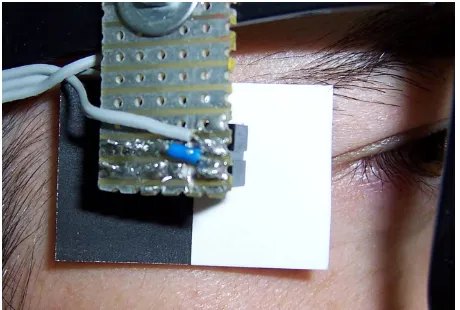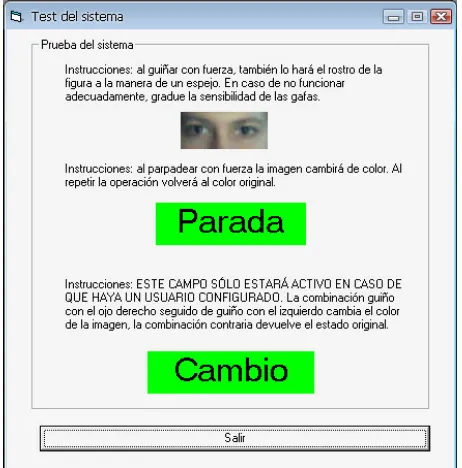Biomechanical Signals Human Computer Interface for Severe Motor Disabilities
Full text
Figure



Related documents
Decision or other document on foundation of the Representation office in BiH signed and certified by the legal representative of the parent legal person in photocopy certified by
Table 1 gives the exploratory data analysis of the data, Table 2 provides the maximum likelihood estimate of the unknown parameters (and the corresponding
By the time the Court decided Roe v. Wad in 1973, Harlan's use of substantive due process adjudication to rein in legislative devi- ations from our tradition of
Inspired by convex relaxation of vector sparsity and matrix rank in compressive sensing and by phase lifting in phase retrieval, in the second part of this paper, we introduce
revision (the fourth) for the current survey.3 Up to the third revision, when five of the six principal symptoms were observed, the patient was said to have Kawasaki disease, but in
The primary objective of the project was to carry out an HTA with a health economic analysis of maintenance treatment with pemetrexed and best supportive care of pa- tients
In a study conducted by Higgins and Boone (1992), secondary students with and without SLD made positive learning gains when computerized study guides were used to support social
of phosphorus based polyurethanes and castor oil based polyurethane have been carried out in different proportions to prepare numbers of formulations which have been used